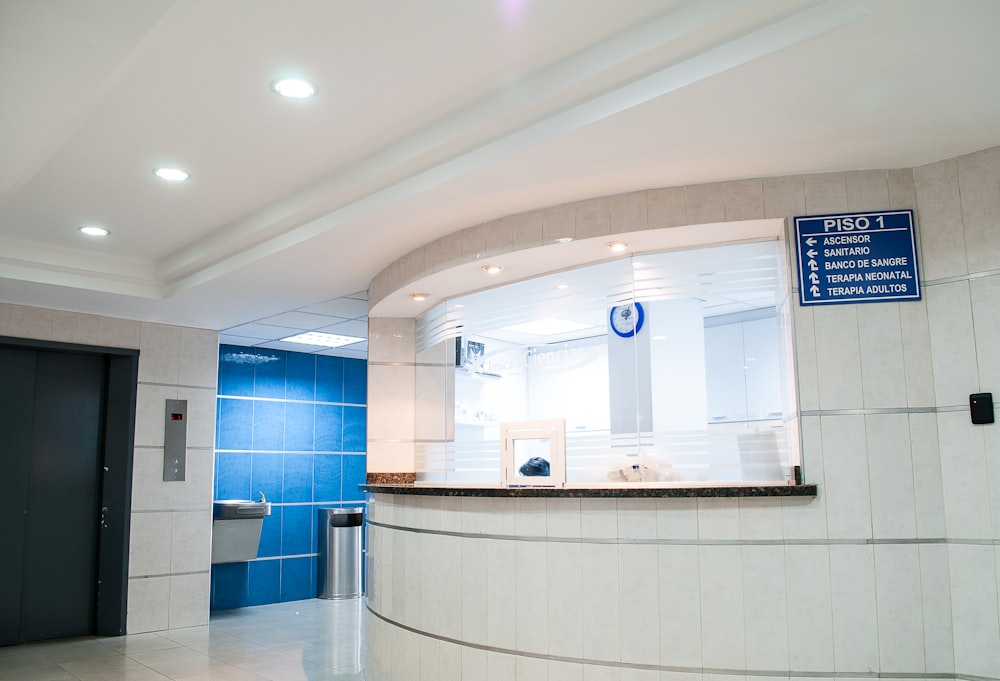目次
Modifiable factorとして併存疾患,栄養不良,術後早期離床が大腿骨近位部骨折例の術後1年の生存率を決定する
大腿骨近位部骨折例では骨折後の生存率が問題となります.
理学療法士・作業療法士は大腿骨近位部骨折例の生存率の維持・向上に何かしらの役割を果たすことができるのでしょうか?
今回はModifiable factorとして併存疾患,栄養不良,術後早期離床が大腿骨近位部骨折例の術後1年の生存率を決定するといったお話です.

今回ご紹介する論文
Eur Geriatr Med. 2021 Dec 2. doi: 10.1007/s41999-021-00598-x. Online ahead of print.
Malnutrition, poor function and comorbidities predict mortality up to one year after hip fracture: a cohort study of 2800 patients
Christina Frölich Frandsen 1 2, Eva Natalia Glassou 3 4, Maiken Stilling 3 5, Torben Baek Hansen 3 5
Affiliations expand
PMID: 34854063 DOI: 10.1007/s41999-021-00598-x
今回ご紹介する論文は2021年に掲載された論文です.
研究の目的
Purpose: Despite extensive research, a complete understanding of factors influencing mortality risk after hip fractures is lacking. Previous research has focused on static risk factors; however, to improve outcomes, attention should be directed towards risk factors that may be optimised. The present study aimed to investigate the association of 19 risk factors with mortality among patients with hip fracture treated according to a well-defined guideline.
これまでに多くの研究がなされているにもかかわらず,大腿骨近位部骨折後の死亡リスクに影響を与える因子についての完全な理解は不足しています.
過去の研究では,静的なリスク因子(変化させることが困難な因子)に焦点が当てられておりましたが,死亡率を改善するためには,最適化できる可能性のあるリスク因子に注意を向けるべきであります.
この研究では,明確に定義されたガイドラインに従って治療を受けた大腿骨近位部骨折例を対象として,19の危険因子と死亡率との関連を調べることを目的としております.
研究の方法
Methods: The study was a retrospective analysis of a large prospective patient cohort with all consecutive patients surgically treated for a hip fracture from January 2011 to December 2017 included (n = 2800). Variables were obtained from patient records and the Holstebro Hip Fracture Database comprising prospectively registered data on demographics, comorbidity, malnutrition (low Body Mass Index (BMI) or albumin) and hospital stay (including fracture and surgical data, biochemistry, mobilisation and discharge). Outcomes were 30-day and one-year mortality.
この研究は大規模な前向きコホートの後方視的分析であり,2011年1月から2017年12月までに大腿骨近位部骨折のために外科的治療を受けたすべての連続した症例を対象としております(n=2800).
調査項目は基礎的情報,併存疾患,栄養状態,および入院期間,生化学データ,離床医師までの期間,退院までの期間として前向きに登録されたデータで構成されるHolstebro Hip Fracture Databaseからデータを収集しております.
アウトカムは30日および1年後の死亡率としております.
研究の結果
Results: Patients were predominantly female (66%); median age 81.6 years. Overall mortality was 9% at 30 days and 24% at one year. Age ≥ 75 years, male gender, nursing home residence, cognitive impairment, American Society of Anesthesiologists (ASA) score ≥ 3, BMI < 20 kg/m2, albumin < 35 g/l, creatinine ≥ 100 µmol/l, a low New Mobility Score and no mobilisation were all associated with increased mortality at 30 days and one year.
女性が多く(66%),年齢中央値は81.6歳でありました.
全体の死亡率は30日後に9%,1年後に24%でありました.
年齢75歳以上,男性,老人ホーム居住者,認知機能障害,米国麻酔科学会(ASA)スコア3以上,BMI 20kg/m2未満,アルブミン35g/l未満,クレアチニン100μmol/l以上,New Mobility Scoreが低値,早期離床無し,これらすべてが30日後および1年後の死亡率上昇と関連しておりました.
研究の結論
Conclusion: In addition to non-modifiable risk factors, comorbidities (expressed as high ASA score and creatinine), malnutrition, and failure to achieve early post-operative mobilisation were associated with increased short and long-term mortality among patients with hip fracture: these are potentially modifiable. The effect of optimisation interventions warrants further research.
改善可能な危険因子に加えて,併存疾患,栄養不良,術後早期の離床を達成できないことが,大腿骨近位部骨折例の短期および長期の死亡率の上昇と関連しておりましたが,これらは改善可能な可能性があります.
最適化のための介入の効果については,さらなる研究が必要であります.
今回はModifiable factorとして併存疾患,栄養不良,術後早期離床が大腿骨近位部骨折例の術後1年の生存率を決定するといったお話でした.
このうち理学療法士・作業療法士が関われるとすれば術後の早期離床の部分でしょうか?






